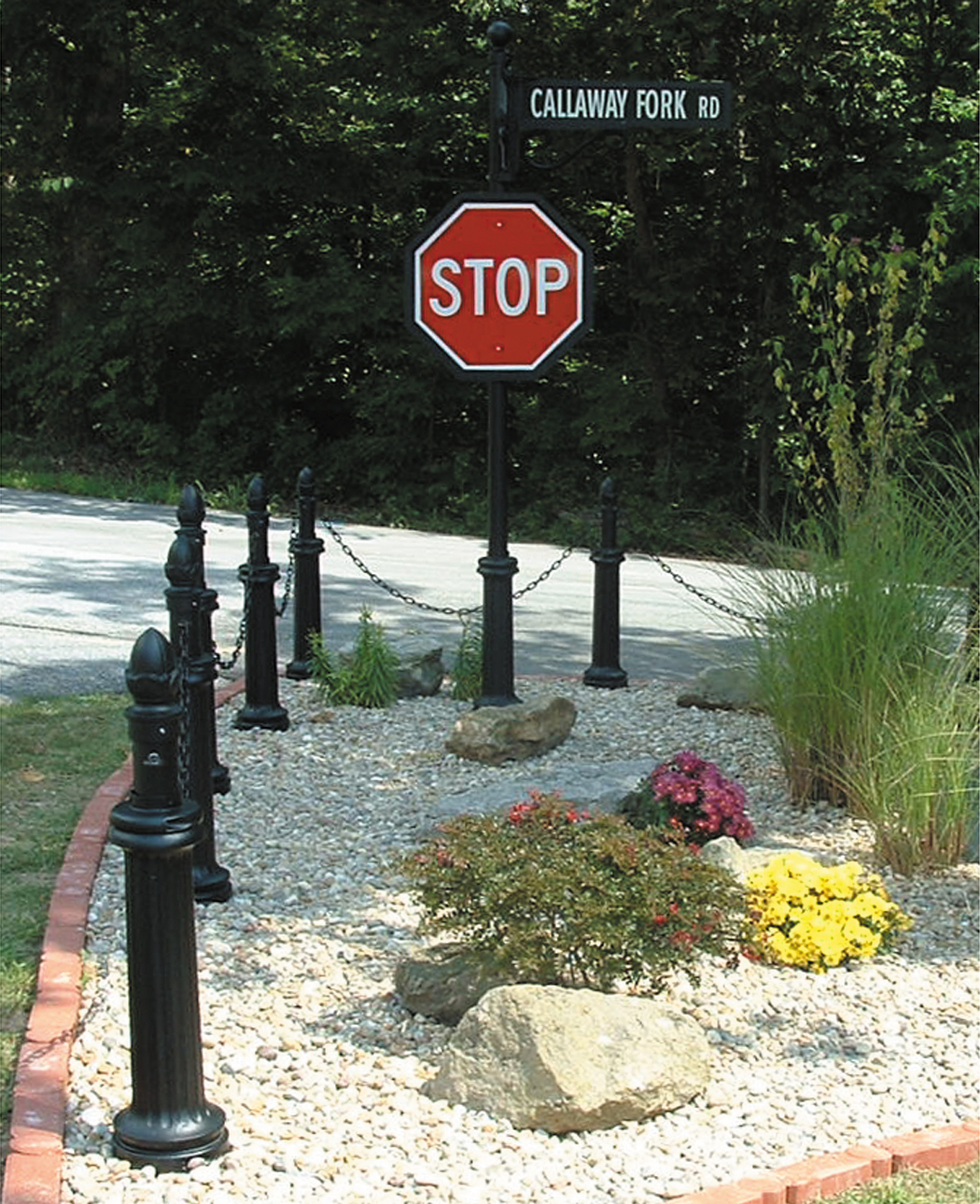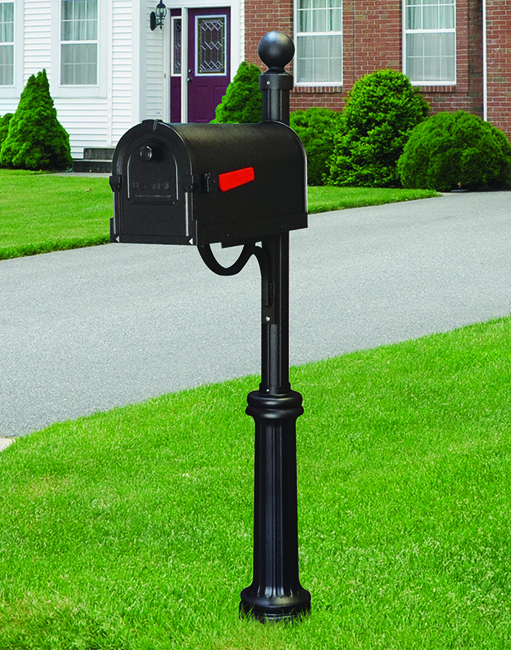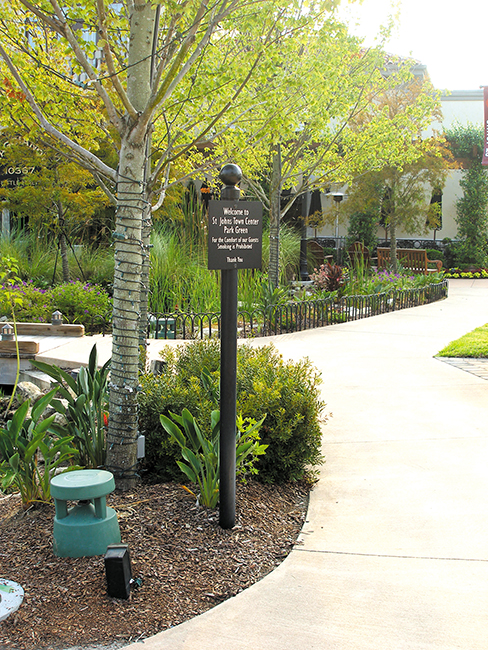Blog
What Are Bollards? And Why Should I Use Them?
Friday April 26, 2019From parks and recreational areas to shopping centers and apartment complexes, bollards are found in a variety of places. Consisting of short and vertical posts, they are used to separate roads from areas used by pedestrians and cyclists. If you've been tasked with developing a residential or commercial area, though, you might be wondering what benefits, if any, bollards offer.
6 Facts About the Stop Sign
Monday April 15, 2019Featuring a distinct red, octagonal design, the stop sign is the most easily recognizable traffic sign in the United States. It's used on countless roads to instruct motorists to stop their vehicle. But even if you're familiar with the general design and purpose of the stop sign, there are probably some things you don't know about this essential traffic sign.
How to Discourage Mail Theft in a New Neighborhood or Community
Monday April 08, 2019If you're developing a new neighborhood or residential community, you might be wondering what precautions you can take to protect residents from mail theft. According to the Federal Trade Commission (FTC), approximately 400,000 Americans have their mail stolen in any given year. For residents, mail theft isn't just frustrating; it poses a risk to their credit and reputation. After taking a resident's mail, a thief may steal his or her identity, using the resident's Social Security number and other personal information to open new credit cards. As a developer, though, there are a few ways you can discourage mail theft in a new neighborhood or residential community.
What Are the MUTCD Requirements for Community Wayfinding Signage?
Monday April 01, 2019If you're planning to include wayfinding signage in your community, you may need to comply with the Manual on Uniform Traffic Control Devices (MUTCD). Developed by the Federal Highway Administration (FHWA), the MUTCD contains rules that property and community developers must follow when using signs and other traffic control instruments on roads and streets with a medium or high volume of traffic. If you community is located on any non-low-volume road or street, as specified here, you must comply with the MUTCD's requirements when using wayfinding signage.





